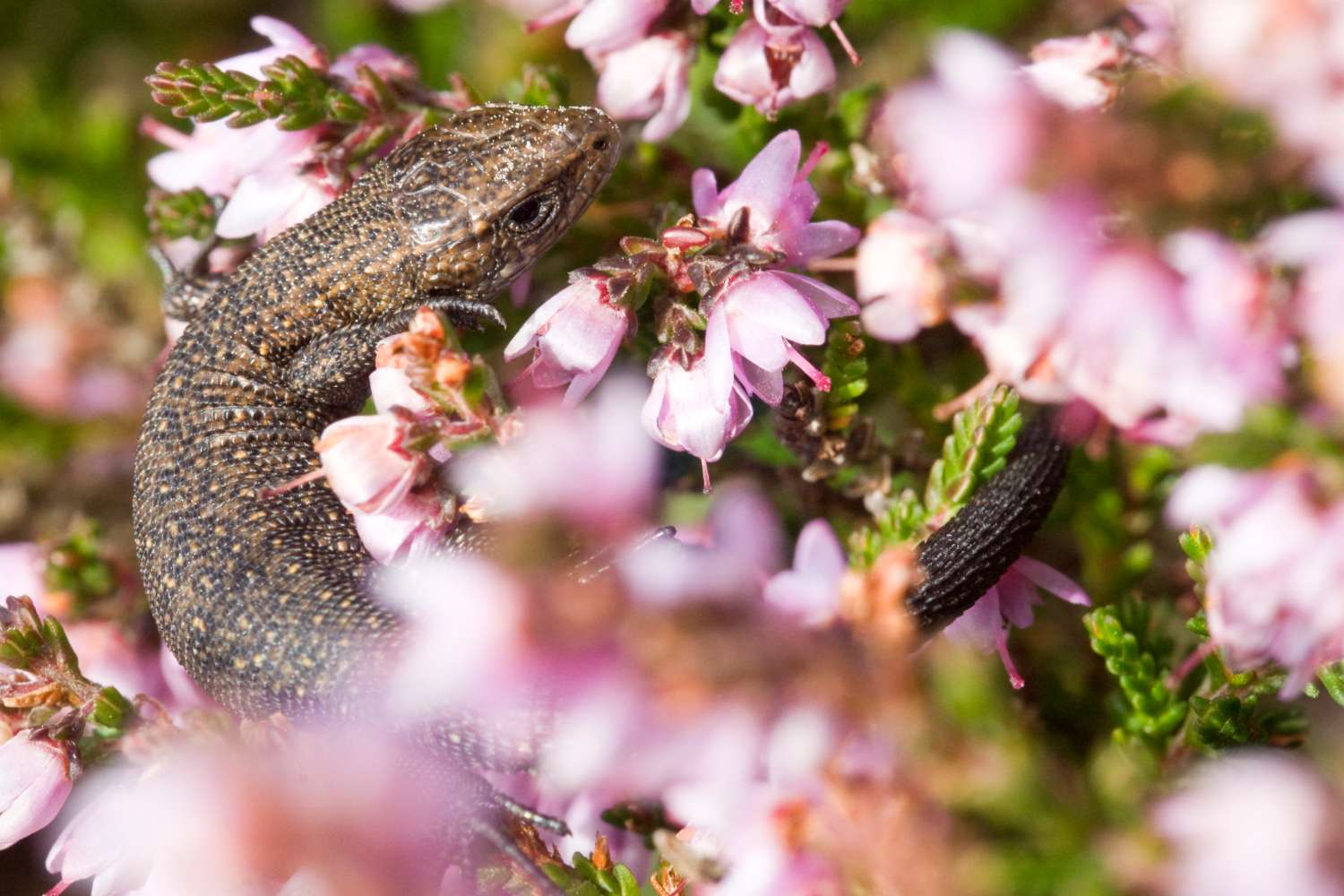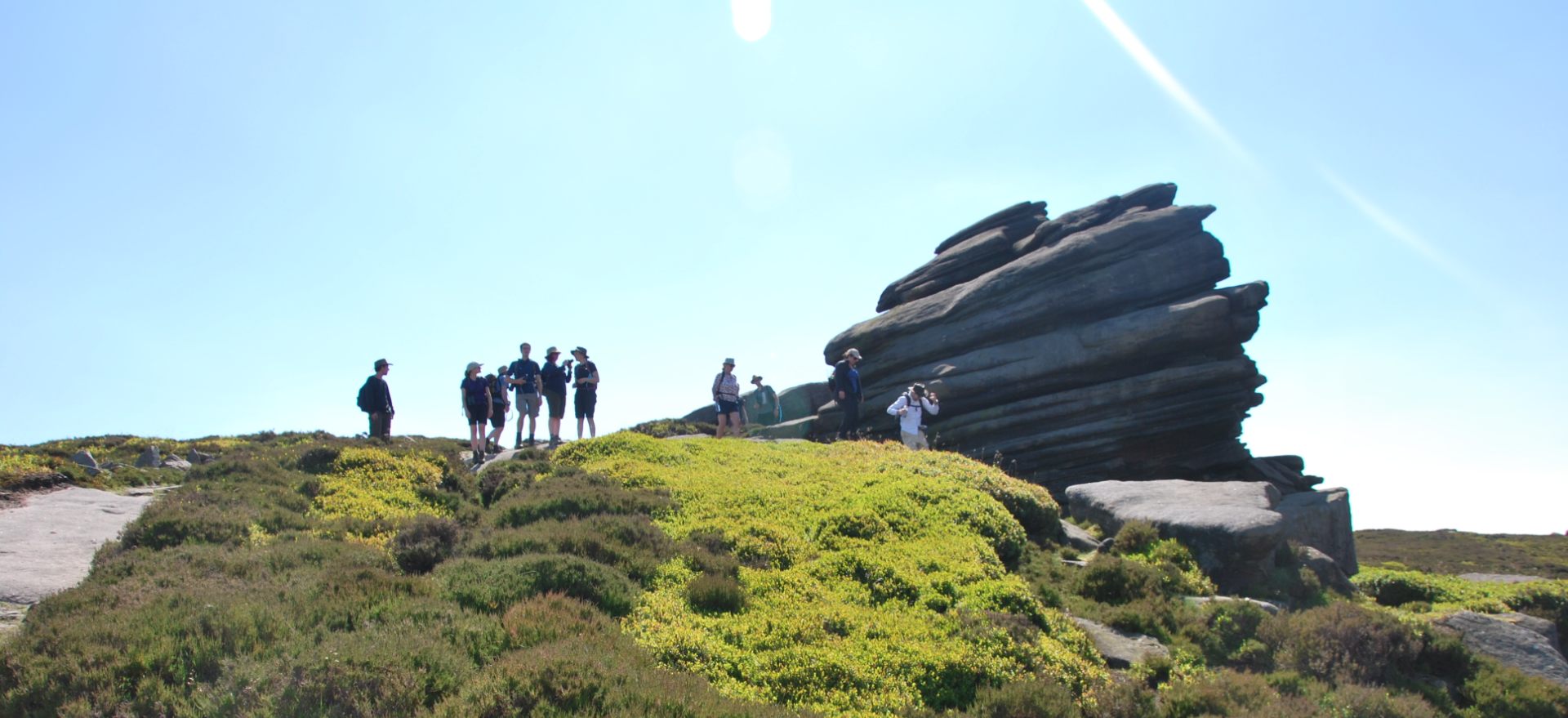Help us to record signs of otters, water voles and mink in the Peak District and South Pennine moors area
We're gathering information about these animals - and you can help by looking for their tracks and signs in and around the Peak District and South Pennine uplands. This will help us to better understand where these species can be found and if their distribution is changing over time.
The recovery of UK otters in the last few decades has been a great success story
During the 20th century otter numbers crashed - due to factors including loss of habitat, pollution and persecution. However, changes to the law on pesticide use and hunting, and the cleaning up of our waterways have seen these charismatic mammals make a comeback, so they can now be found in every county in England.
Previous national otter surveys have shown the Peak District and South Pennines to be one of the last places in the country to be re-colonised. Looking for signs of otters in a co-ordinated way across the area should provide a baseline against which to monitor future otter population recovery and changes in distribution. It may also help to answer the question: How far into the uplands can otters be found?
Water voles, meanwhile, have suffered a catastrophic decline in recent years
As much as 95% of the UK population has been lost in the last 70 years. Fortunately, studies have highlighted that uplands areas – like those in the Peak District and South Pennines – may be a remaining stronghold for these rodents.
This may in large part be due to the absence of the American mink in these areas. Mink are a non-native invasive species, and are a major predator of water voles. Interestingly, it is thought that mink are doing less well in areas where otter have recovered.
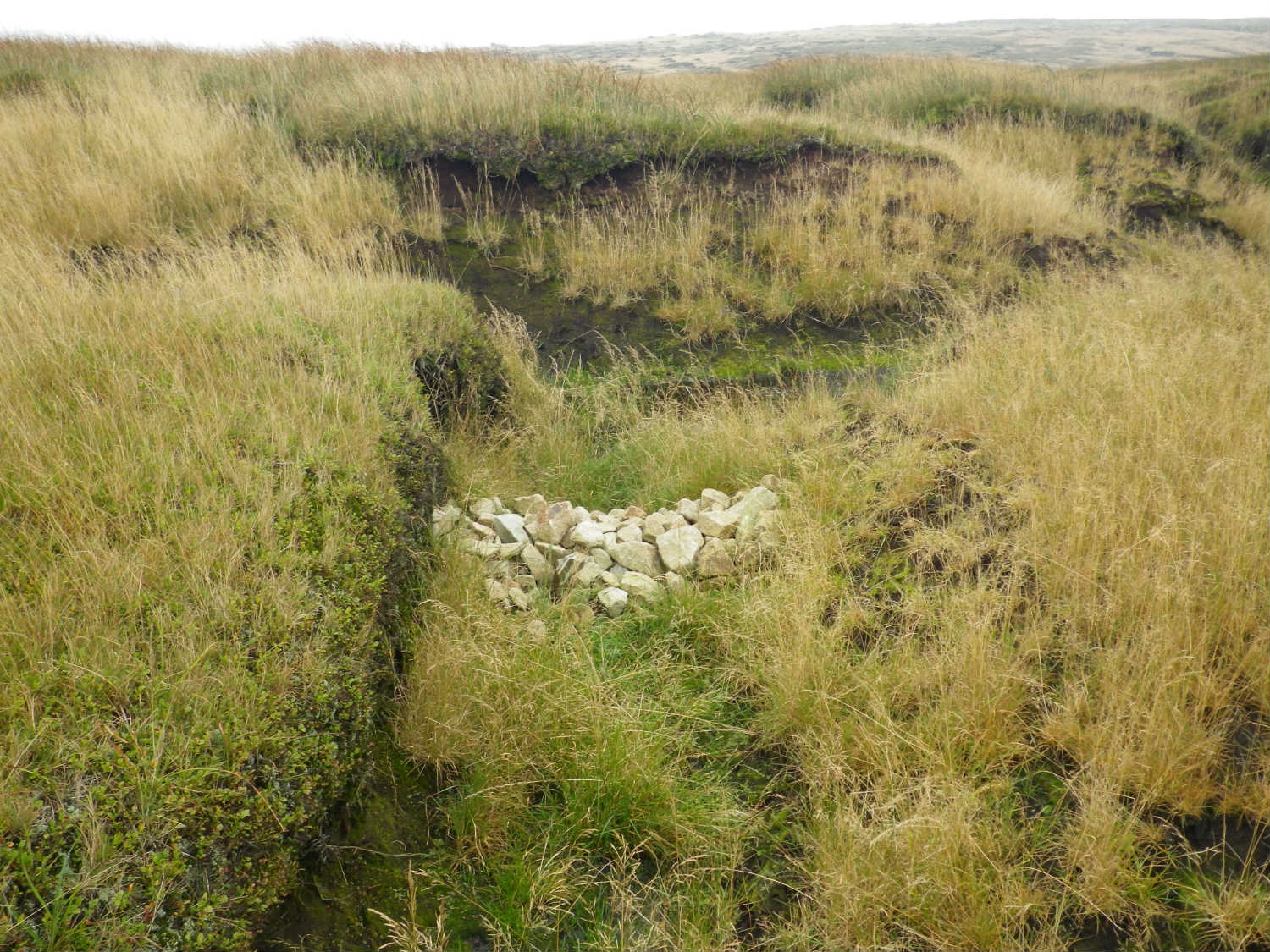
Moors for the Future Partnership's conservation work; re-vegetating bare peat on the moors and blocking erosion gullies, has created many square kilometres of potential new water vole habitat, as well as slowing the flow of water running from the hills – both outcomes which could favour water voles. Surveying these three species in a co-ordinated way across the region will allow us to see if their distribution and populations are changing, and what impact factors like conservation works and climate change may be having.
How to survey for otters, water vole and mink
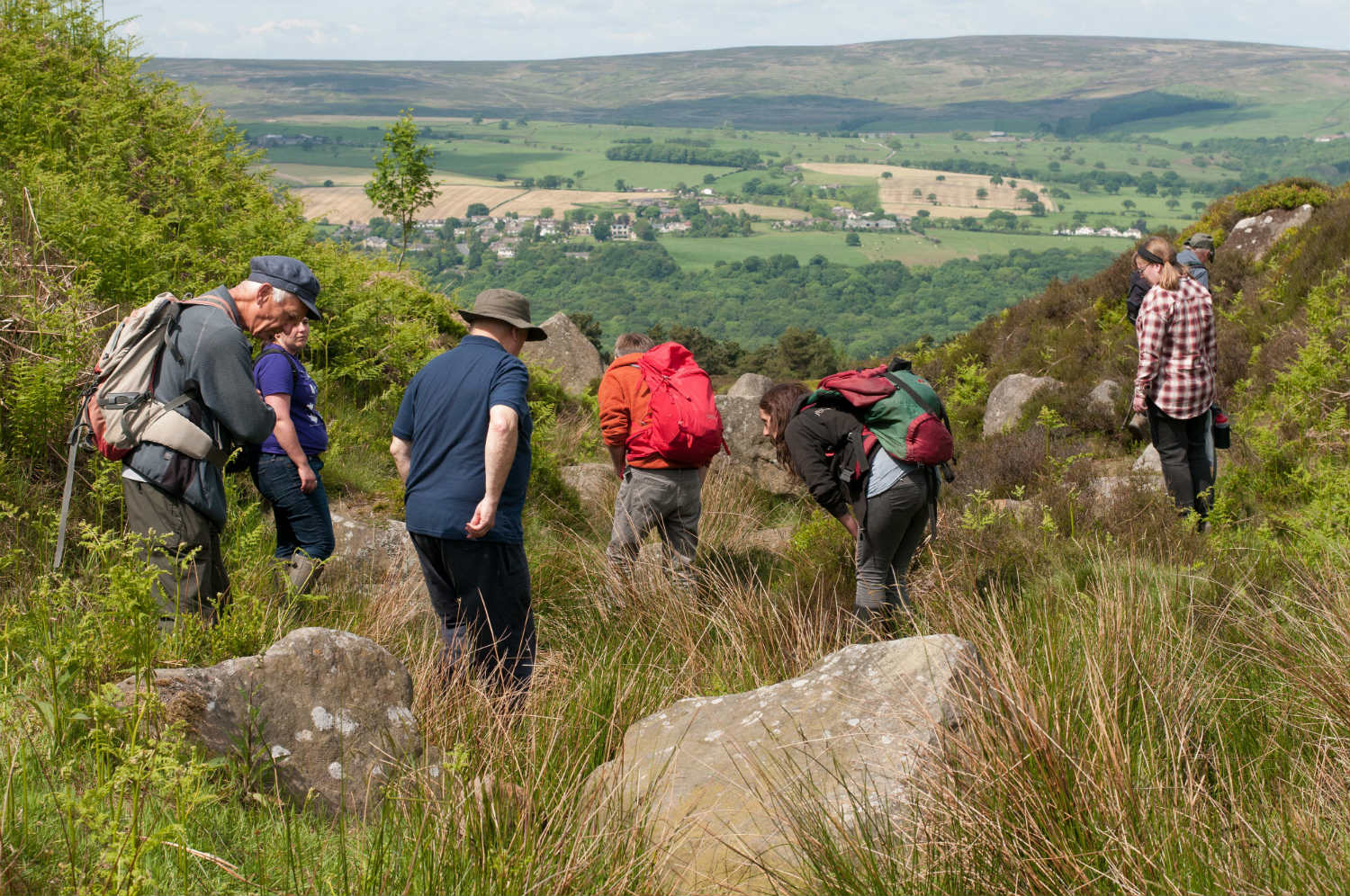
To take part in the survey:
Conduct 'point sample' surveys (returning to the same fixed points, such as a bridges or mammal rafts) to look for signs of otter, water vole and mink.
If you'd like to take part in the 'Tails of the Uplands' survey; then please follow these steps:
We are not currently looking for volunteers for this survey. Please check back for future opportunities or take a look at the other types of surveys you can take part in.
Useful resources
Use the documents below for more information about identifying species, how to undertake a tails of the uplands survey and keeping safe out on the moors.
Tails of the Uplands Point Survey Form
Use this form for recording your results
Tails of the Uplands Survey Card
Information about our tails of the uplands monitoring programme
Tails of the Uplands Training Presentation
How to survey otter, water vole and mink
Risk Assessment
Identifies hazards to be aware of on the tails of the uplands survey
Submitting your results
If you completed a Tails of the Uplands 'point survey' then please transfer the results from your paper form to our online survey form as soon as you can after completing the survey. It is important to do this even if you didn't find anything.
Alternatively, you can post paper copies to:
Community Science Project Officer
Moors for the Future Partnership
The Moorland Centre
Edale, Derbyshire
S33 7ZA
Privacy Information
The information submitted using this form will be added to the relevant Moors for the Future survey database, and shared with Derbyshire Mammal Group. Your contact information may be shared with verifiers who will only contact you if they have a query about the data you have submitted. The biological record, excluding your name and email address may be shared with other conservation organisations and databases. If you have opted in to join our mailing list you will receive updates by e-mail about the partnership and our projects. Your information will be held securely by Moors for the Future Partnership and will not be shared with any third parties. You can opt-out of receiving information at any time using the link in the footer 1of our communications. You can find out more about how we use your information from our Privacy Notice which is available on our website at http://www.peakdistrict.gov.uk/looking-after/about-us/privacy-policy
Citizen Science Wildlife Surveys
Take a look at all of the animals and plants you can record to help us monitor the impact of climate change in moorland environments
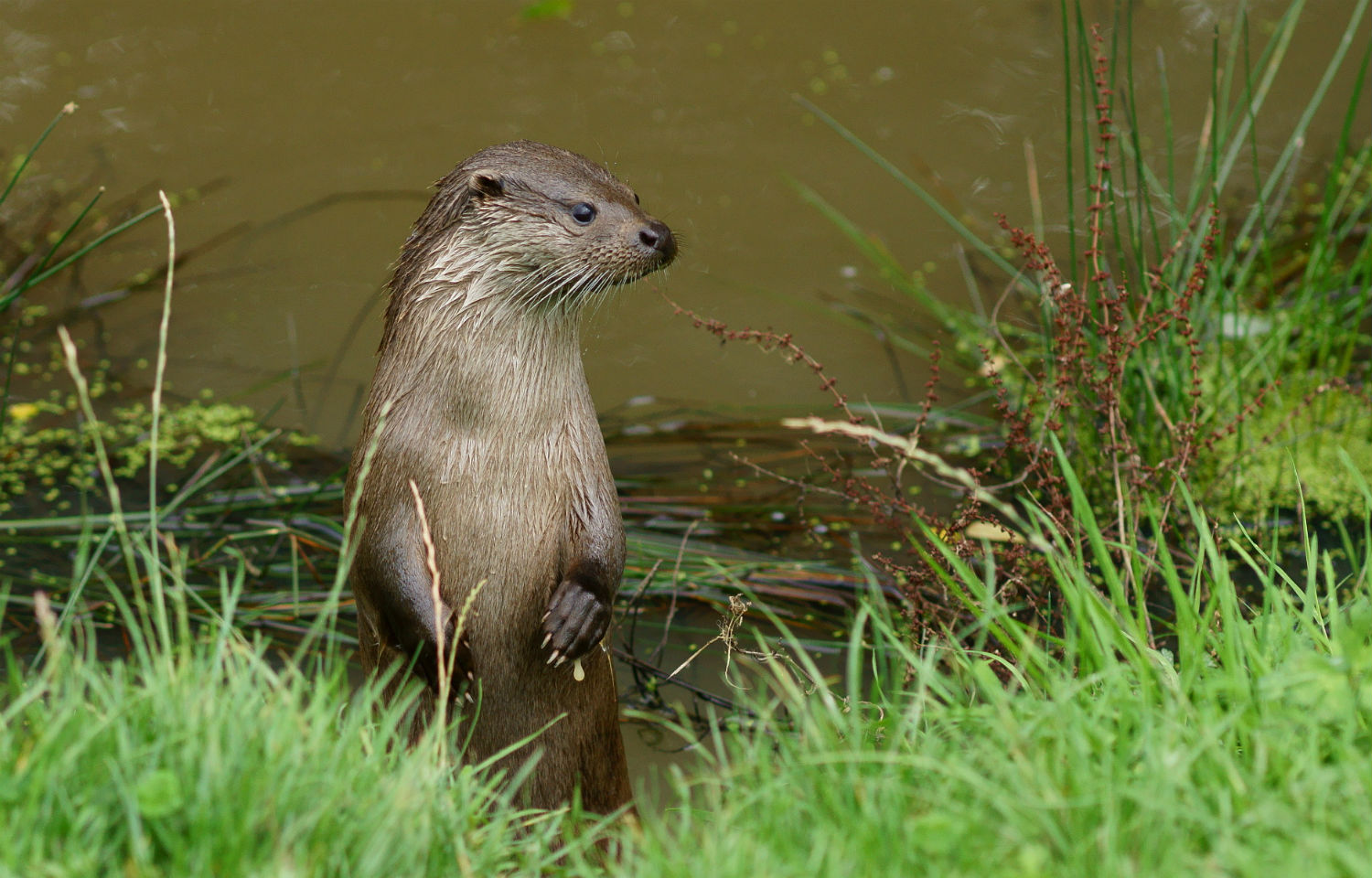
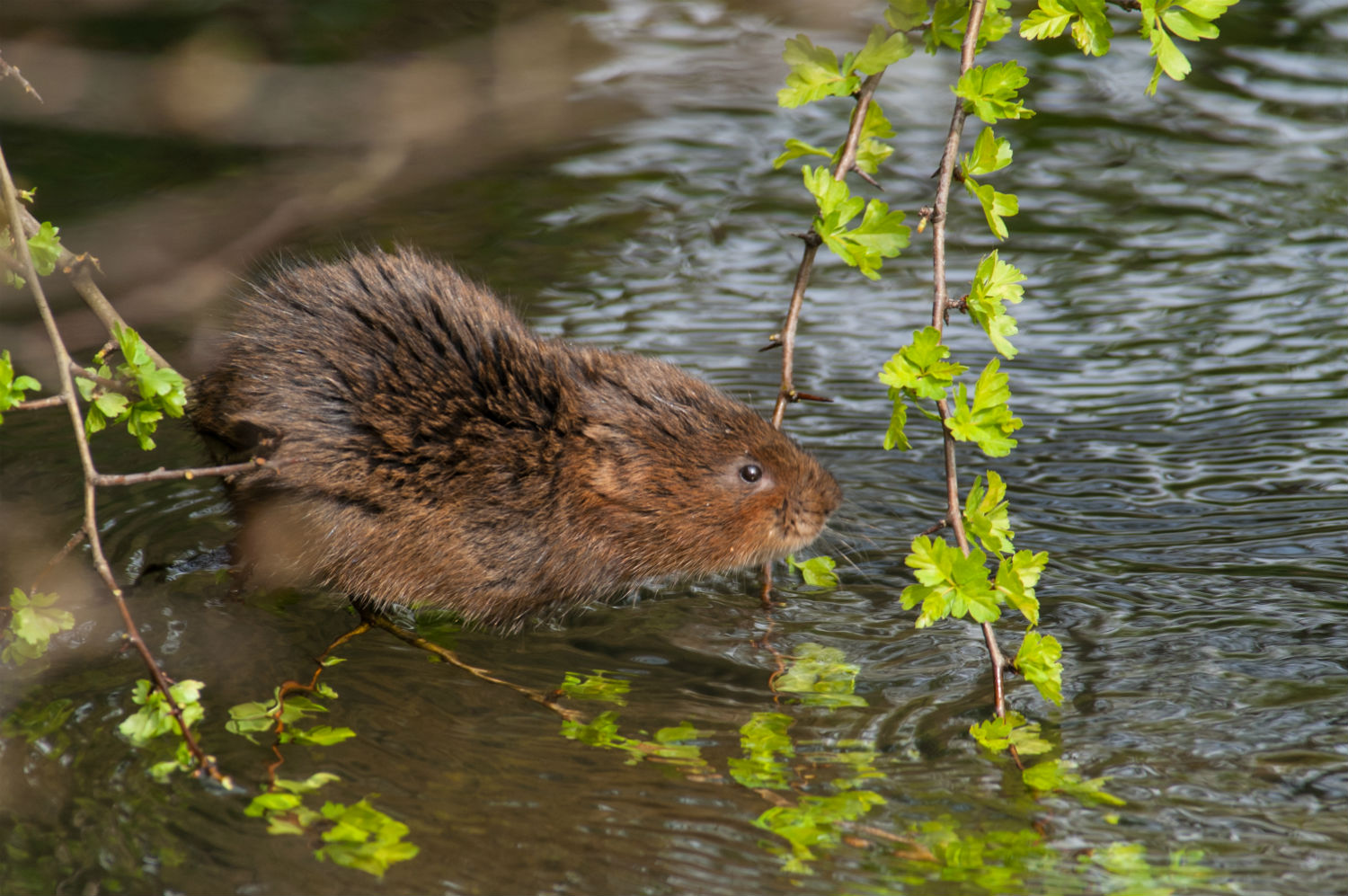
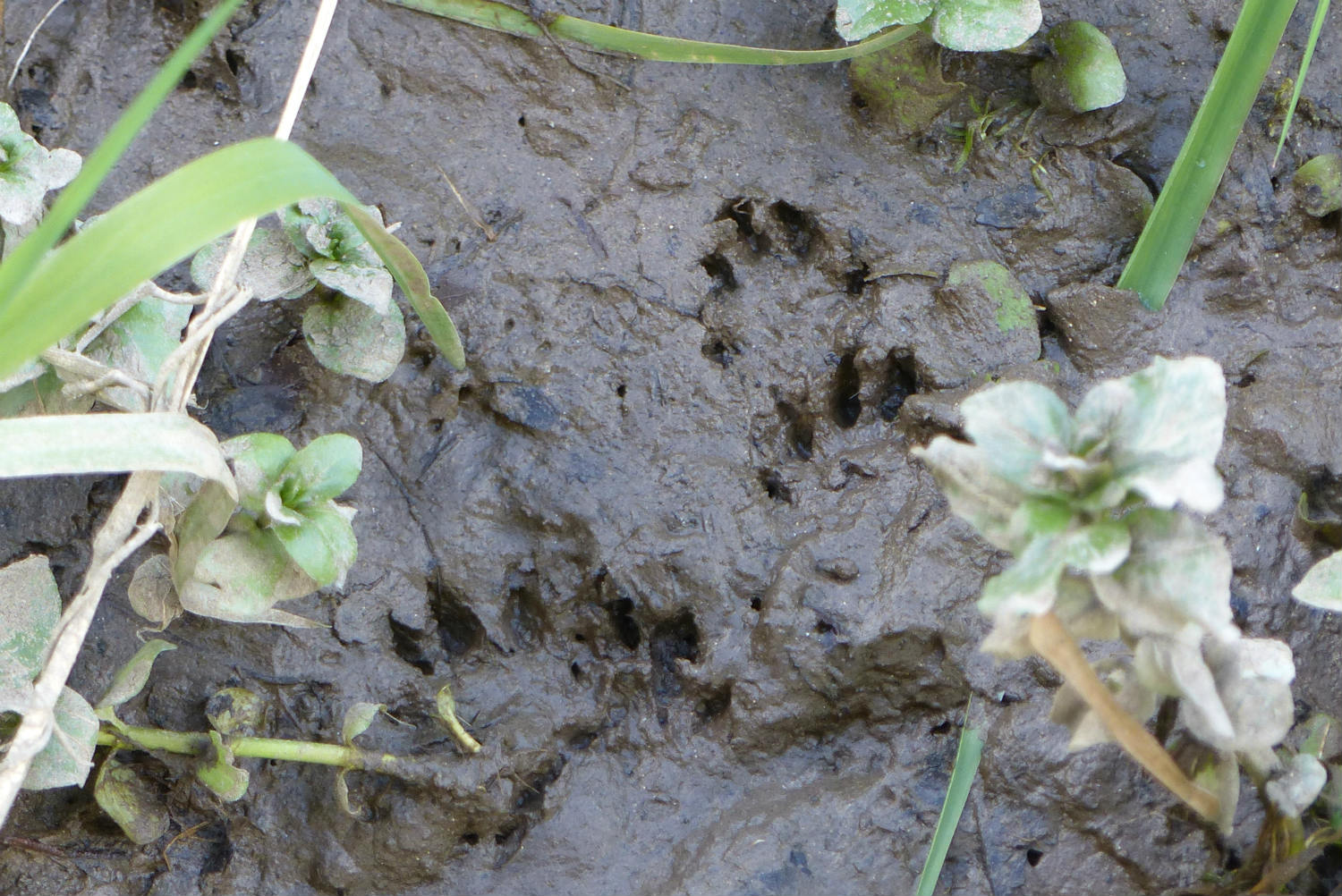 Online point survey form
Online point survey form